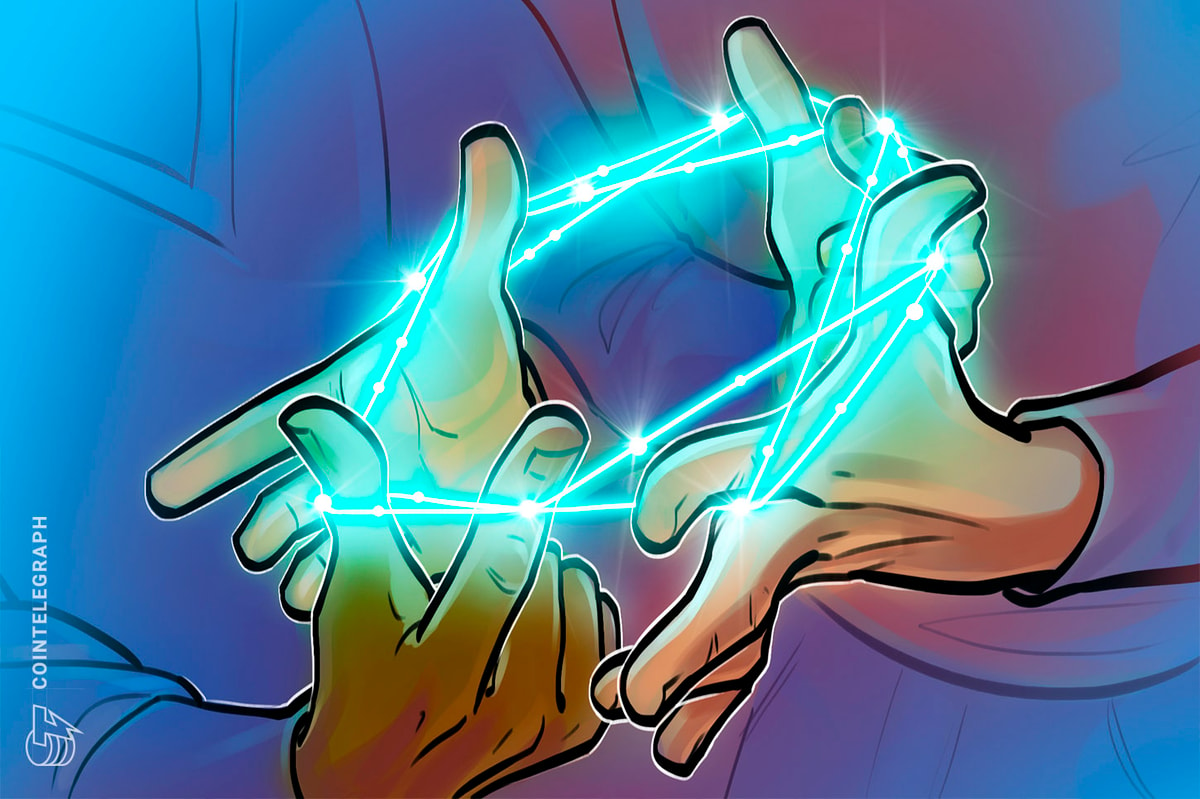
The second so-called Bitcoin “block halving” is fast approaching. This week, as three-quarters of all bitcoins have been mined, the block subsidy will decrease from 25 bitcoins per block to 12.5. A key event in Bitcoin's history, eagerly anticipated by some – and perhaps somewhat feared by others.
More than anyone else, Bitcoin miners stand to be affected by the event: producing blocks is their business and the block reward presents the major chunk of their revenue. Having spoken to BTCC COO, Samson Mow, and BitFury CEO, Valery Vavilov, last week, Bitcoin Magazine reached out to other miners to see how they are preparing for the upcoming halving.
What do AntPool's Jihan Wu, Genesis Mining's Marco Krohn, HaoBTC's Eric Mu and Slush Pool's Marek Palatinus expect of the halving?
Optimism
Much like BTCC's Mow and BitFury's Vavilov, all miners Bitcoin Magazine spoke with are approaching the upcoming halving with a general sense of optimism. While a halving of the subsidy cuts directly into their revenue stream, miners recognize this is key to Bitcoin's value proposition.
Wu is the co-founder of Chinese ASIC manufacturer, Bitmain, which also runs AntPool, the second largest mining pool in the world, controlling some 20 percent of total hash power. Speaking to Bitcoin Magazine, Wu said he expects the Bitcoin price to rise as a result of the halving.
“Bitcoin's monetary policy is not perfect but it delivers on its promise. Delivering promise is very difficult for a monetary bureau or a central bank,” Wu said. “I believe the halving will have a very positive impact as the new supply will be much less than before. Logical analysis does not necessarily lead to a doubling-of-price conclusion but I do see the anticipation of the market having a positive impact on the price.”
Mu, CMO at Chinese mining pool and wallet service HaoBTC, shared Wu's optimism. Mu, who's HaoBTC accounts for some 3 percent of total hash power, agreed that Bitcoin's limited supply is a major selling point for the cryptographic currency and believes the future for the mining landscape is generally bright.
Mu said:
“A major factor that got me attracted to Bitcoin is the inflexibility of its monetary supply. The finite supply and halving-every-four-years scheme led me to believe that it was less subject to human fiddling, at least not controlled by a small group of political elites to the same extent as most fiat currencies in today's world.”
He added:
“I recently spent a couple weeks in western China, mostly Sichuan and Xinjiang. I sense there is strong optimism, both based on what my own company is planning and what I saw others are doing. I haven’t heard anyone telling me that they are divesting because of the halving. Of course, I haven’t ‒ and couldn't have ‒ talked with everyone in the industry, so can’t eliminate the possibility that I missed the larger picture.”
Krohn, CFO and co-founder of major cloud mining service Genesis Mining, shared the general sense of optimism as well, although he was more skeptical of the assumption that the price will continue to rise as a result of the subsidy halving.
“The normal argument goes like this: Given constant demand for Bitcoin and the fact that the supply for Bitcoin is halving, the price should go up,” Krohn said. “While the argument is correct at the first glance, it neglects that the event is known to every participant and thus will be 'priced in.' Speculators will start buying Bitcoin before the event takes place and thus will anticipate the outcome. Some of the price increase we have seen since the end of May, might be attributed to that.”
Risks
Although general sentiment under the miners was positive, others have warned about risks relating to the halving. Coinbase CEO Brian Armstrong in particular, but also some Bitcoin Core developers and other experts are concerned the subsidy halving might cause some miners to shut down their machines due to a lack of revenue.
This could, in turn, lead to a drop in hash rate which means confirmation times would increase. Given current network capacity, moreover, this might lead to increased network congestion as more blocks fill up. In a worst-case scenario, a potential resulting decrease in user experience might even lead to users selling their bitcoins, therefore pressing the price and miner revenue even further down ‒ which could lead to more miners shutting down their machines: a “death spiral.”
The miners Bitcoin Magazine spoke with did not consider this scenario very likely, however, and said they are not too concerned about it.
Genesis Mining's Krohn explained:
“We believe any drop in hash rate will be relatively small, like 10 to 25 percent. This is because electricity contracts are generally fixed for a longer period; if a contract doesn't run out before the end of the month, you won't stop mining before the end of the month. Likewise, the economics of mining mean that significant amounts of money is invested in hardware. Since people have been aware of the halving event, it would not make sense for them to invest in hardware in the last – say – 6 months if they're going to turn their equipment off. Yet, most of the hardware was indeed added in the last seven to eight months. Add to that, that most of the investments in the last year were done with a much lower Bitcoin price in mind. Even now, new hardware is available from manufacturers and the roll-out is in full swing. Comparable events, like the Litecoin halving of August 2015, showed little impact on the overall hash rate, too.”
Krohn specifically addresses the potential “death spiral” series of events:
“The general 'death spiral' argument is correct. Blocks may fill up due to a drop in hash rate. But since our expectation is that this drop will not be too big, we believe that any congestion will be limited. It certainly will cause some annoyance, but on the other hand, most market participants are aware of it and will not dump their bitcoin for that reason. Also, a difficulty adjustment will take place two or three weeks later, after which things will be back to normal.”
Palatinus, operator of Slush Pool (representing some 5 percent of total hash power) was not concerned either. Agreeing with other miners, he referred to the significant increase of Bitcoin's exchange rate over the past year as an indication that miners will be fine.
“I generally agree that the halving will not be a problem. I do believe any potential price increase because of it is already reflected in the current exchange rate. But if mining was profitable enough for miners on price levels slightly above $200 USD, which we saw less than a year ago, it will be profitable with the current price ‒ even after the halving.”
HaoBTC's Mu agreed there is nothing to worry about. If anything, he believes total hash rate will continue to rise as it has done significantly over the past months.
Mu:
“During my trip in Western China, I saw a several new mines under construction. Also recently, I got contacted by a few professional miners outside China to help locate cheap power in China. So, based on my personal experience, I doubt that the hash rate will drop at all, if not grow substantially with major manufacturers poised to release new miners powered by more effective chips.”










